Cricket’s quiet power: What brands can learn from a centuries-old institution
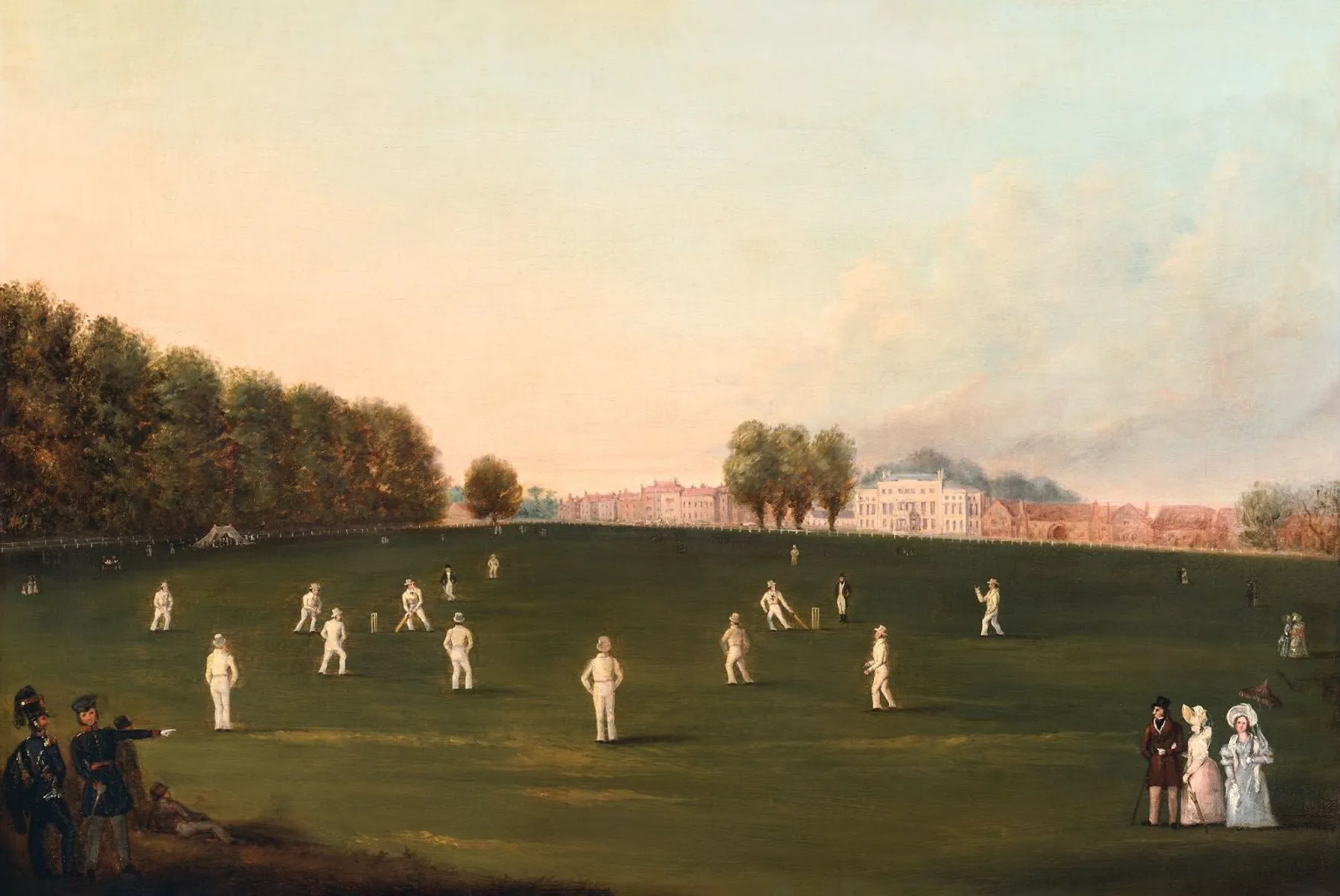
Cricket has long been known for its slow pace and idiosyncratic traditions. New, faster formats have emerged, bringing younger fans into the sport, but that shouldn’t eclipse the deep value embedded in cricket’s history. What might seem like nostalgic curiosities on the surface are, in fact, powerful brand assets when framed and leveraged creatively. In an age of constant distraction and endless change, cricket reminds us that longevity, story, and cultural connection have real commercial clout.
In this article, we’ll explore how cricket’s brand power lies not in its noise, but in its quiet, unchanging codes and rich reserves of meaning. The history, rituals, values and cross-generational appeal are brand extension gold — a ripe source of inspiration for brands across the sport and heritage sectors.
Shiny object syndrome
Many brand teams find themselves chasing the new. FOMO and novelty bias nudge us towards whatever seems faster, louder, or bigger. But in this race, brands often miss the deeper value stored up in their heritage.
Brands routinely overlook how long-term equity, built through culture, storytelling, and shared memory, can open fresh licensing opportunities; they underuse assets with rich untapped resonance.
Sports like cricket, or institutions with similar DNA, have more commercial value than many assume. The problem is, they’re often marketed with old playbooks. And so opportunities are missed and partners look elsewhere.
The keys to cricket’s brand extension potential
Let’s take a look at five ingredients that make cricket a powerful vehicle for creative partnerships, retail presence, and category stretch:
- Recognisable codes: Cricket's distinctive visual and ritual elements, from the whites and red leather to the pavilion and afternoon tea, drive instant brand recognition.
- Emotional connection: The sport's deep-rooted traditions and generational memories forge powerful emotional bonds that brands can tap into.
- Wide fan age range: Cricket's ability to attract both traditional older audiences and younger fans through newer formats provides brands with rare multi-generational reach.
- Strong national and local resonance: The sport's embedded place in communities and national cultures offers brands opportunities to inspire feelings of belonging and pride.
- Commercial appeal across product categories: Cricket's lifestyle associations and cultural richness extend naturally beyond sports equipment into fashion, hospitality, luxury goods, and heritage brands seeking authentic British or Commonwealth connections.
Below, we’ll explore some of those recognisable codes in more detail, and consider what kinds of brand extension and licensing opportunities they invite.
Protecting and activating brand codes
Cricket’s identity is instantly recognisable. The willow-wood and whitened wool. The cork and leather balls. The afternoon teas. The test match formats. The oval fields. These aren’t just aesthetic choices — they’re codes. When used well, they spark emotion, create connection, and drive loyalty.
Codes also include language. Cricket is one of the few sports whose regulations are called Laws (with a capital L), carefully maintained by the Marylebone Cricket Club at Lord’s, reflecting cricket’s ceremonial sense of tradition. And words like “wicket,” “googly,” “silly mid-off” and “corridor of uncertainty” are unique to cricket’s culture.
Iconic venues like Lord’s, The Oval, Old Trafford, Edgbaston and Headingley are brand codes too. As, of course, is the Ashes urn, originating from a satirical obituary published in The Sporting Times in 1882 mourning “the death of English cricket” after Australia's first victory on English soil. The urn reportedly contained the burned bails from that match, and was presented to England captain Ivo Bligh during the subsequent tour to Australia.
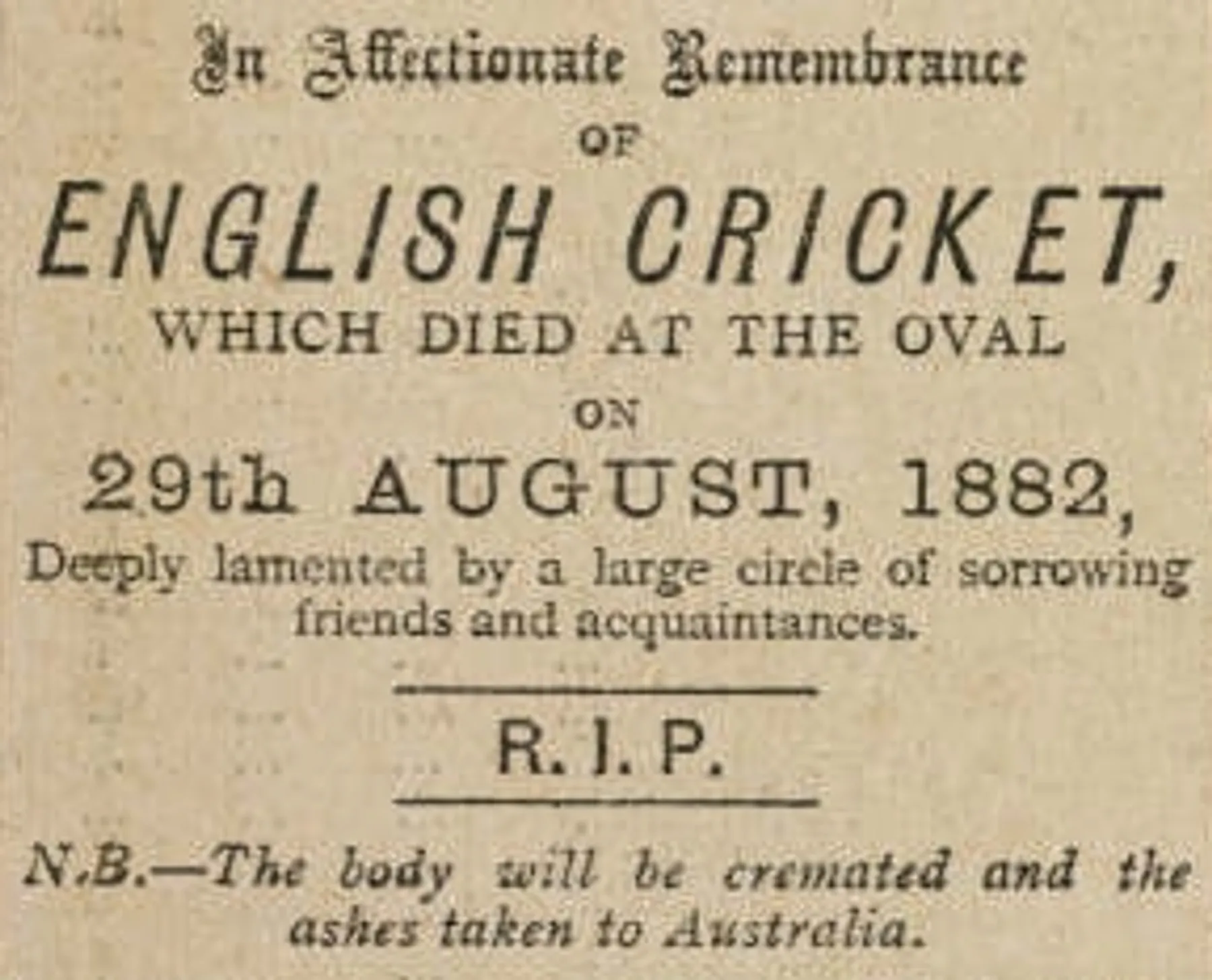
Ties are another code. The tradition began with cricket clubs creating distinctive ties as membership symbols, each county and club developed unique colors and patterns that members wore as badges of honour.
These often featured regimental-style stripes or club colors. The Marylebone Cricket Club's egg-and-bacon colored tie became perhaps the most famous example.
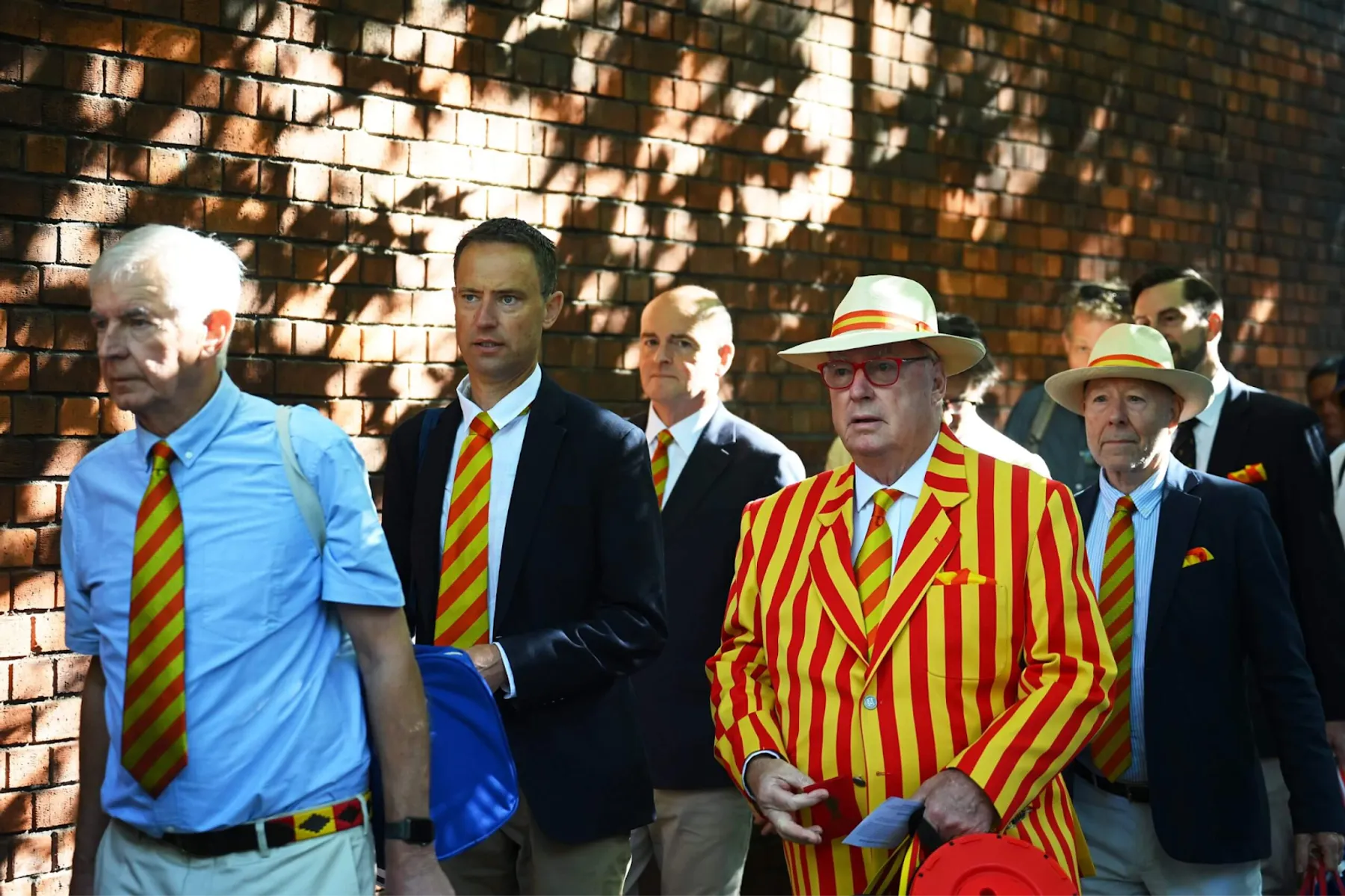
For the record, the Marylebone Cricket Club (MCC) is fiercely protective of its brand and identity. Unlike most sports brands, MCC merchandise and its iconic “egg-and-bacon” colours are exclusively for members, with licensing as tightly controlled as royal warrants, and strictly off limits for general licensing or public merchandising. This exclusivity is a strategic asset, making MCC one of the most distinctive, prestigious, and imitated identities in British sport. For brands, this is a lesson in the value of scarcity and protecting heritage.
Just like luxury brands protect their stripes or colourways, all heritage brands should protect and activate their codes. Brands that respect and leverage these codes in licensing or collaboration will see higher audience engagement and stronger long-term relevance.
Code activation in practice
All the codes we’ve discussed can guide product, packaging or storytelling. Let’s look at some imagined examples…
Tea
Yorkshire Tea — already the “Official Brew of English Cricket” through its partnership with the England and Wales Cricket Board — could launch a ‘Pavilion Blends’ series, in packaging inspired by iconic grounds. The Lord’s edition might have an Earl Grey base, representing tradition and formality, whilst the Old Trafford edition might be a robust English everyday tea with added malt notes, reflecting the area’s industrial heritage.
Garden furniture
A luxury furniture brand could create ‘Boundary Collection’ pieces using willow wood and white canvas, perfect for garden parties that echo the sport's leisurely pace and social traditions.
Strength in slowness
The popularity of T20 and The Hundred has injected welcome new energy into the sport, but let’s say it again: the slower pace of traditional cricket has immense value. Right now, though, the opportunities for key brands in this ecosystem are underexploited.
The gentler, tension-building rhythm of Test cricket creates space for depth of attention, not just reach. In a world where most sports (and brands) chase instant impact, a slower pace invites reflection, conversation, and nostalgia. It opens doors to long-form storytelling, media partnerships, deeper product narratives, and experiences rooted in meaning (not just merch).
With thoughtful stewardship and imaginative execution, brands can attract fans who engage more deeply, spend more, and stay around longer. That’s a gift to anyone building a licensing programme.
Licensing inspiration
Licensing leads should explore slower-burn strategies like ongoing drops of collectibles with real story arcs. Imagine collectible figures that showcase a player’s rise from local club cricket to representing their country, for example. Or a premium home fragrance series where each candle is designed to burn for exactly one day's play.
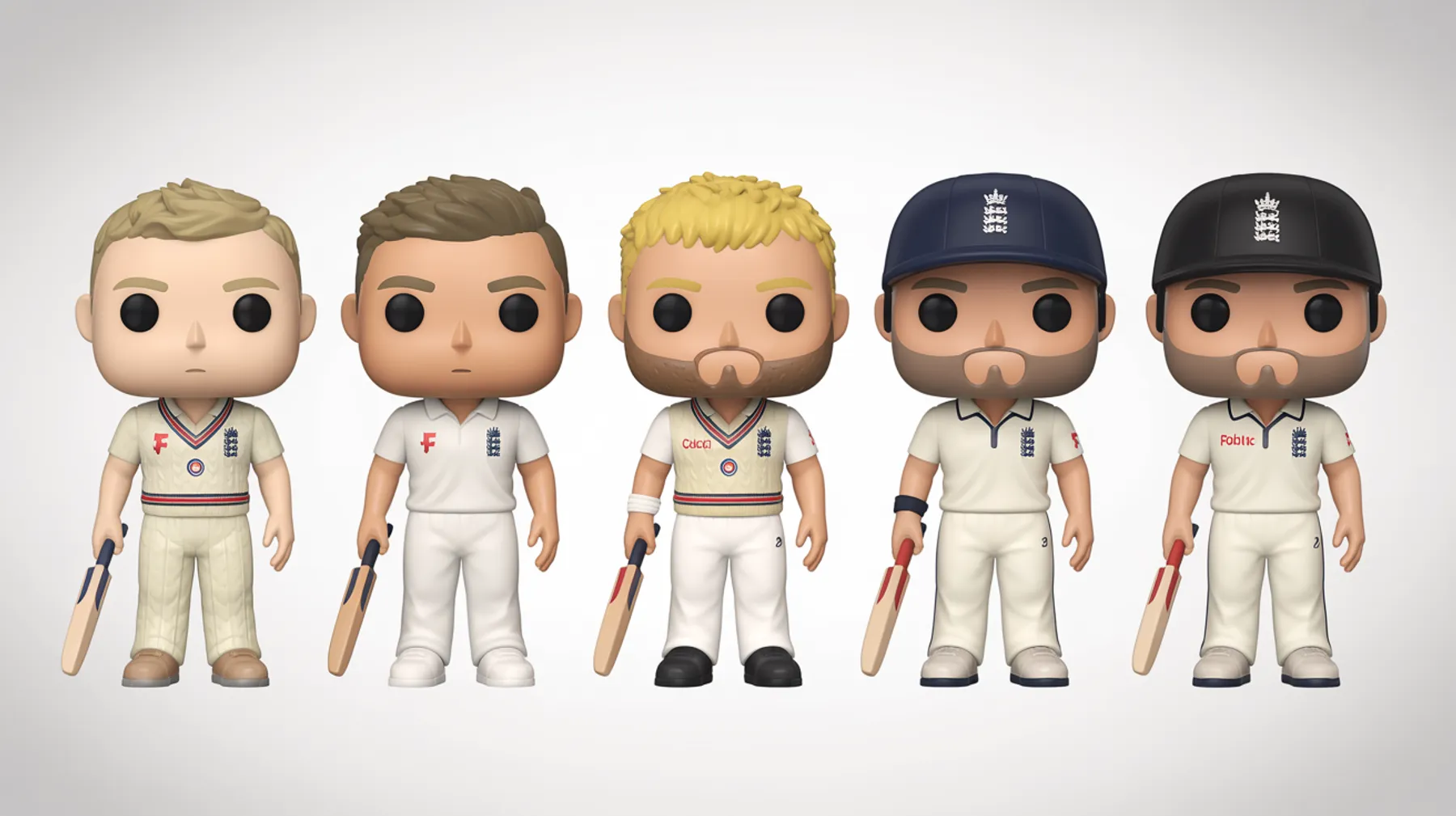
Global loyalty, local nuance
Cricket means different things in different markets. In England, it’s tea and tradition. In India, it’s electricity and mass culture. In Australia, it’s summer and family. That blend of global appeal with local flavour is rare. And powerful.
Brand teams should pay attention to how cricket adapts across the globe, without diluting what’s most distinctive. The sport’s core identity remains recognisable, whether expressed through Bollywood, beach cricket or The Hundred. When thinking about multi-market licensing, brand owners should focus on creating a strong master brand, but let the product strategy flex to suit the unique local expressions of cricket around the world.
In-focus: India
Cricket is woven into India's national identity. The Indian Premier League (IPL) has been forward-thinking with merchandising, with official team merch extending beyond jerseys to caps, flip-flops, and more. Meanwhile, innovative collaborations like Rohit Sharma’s partnership with health food brand True Elements have proven popular.
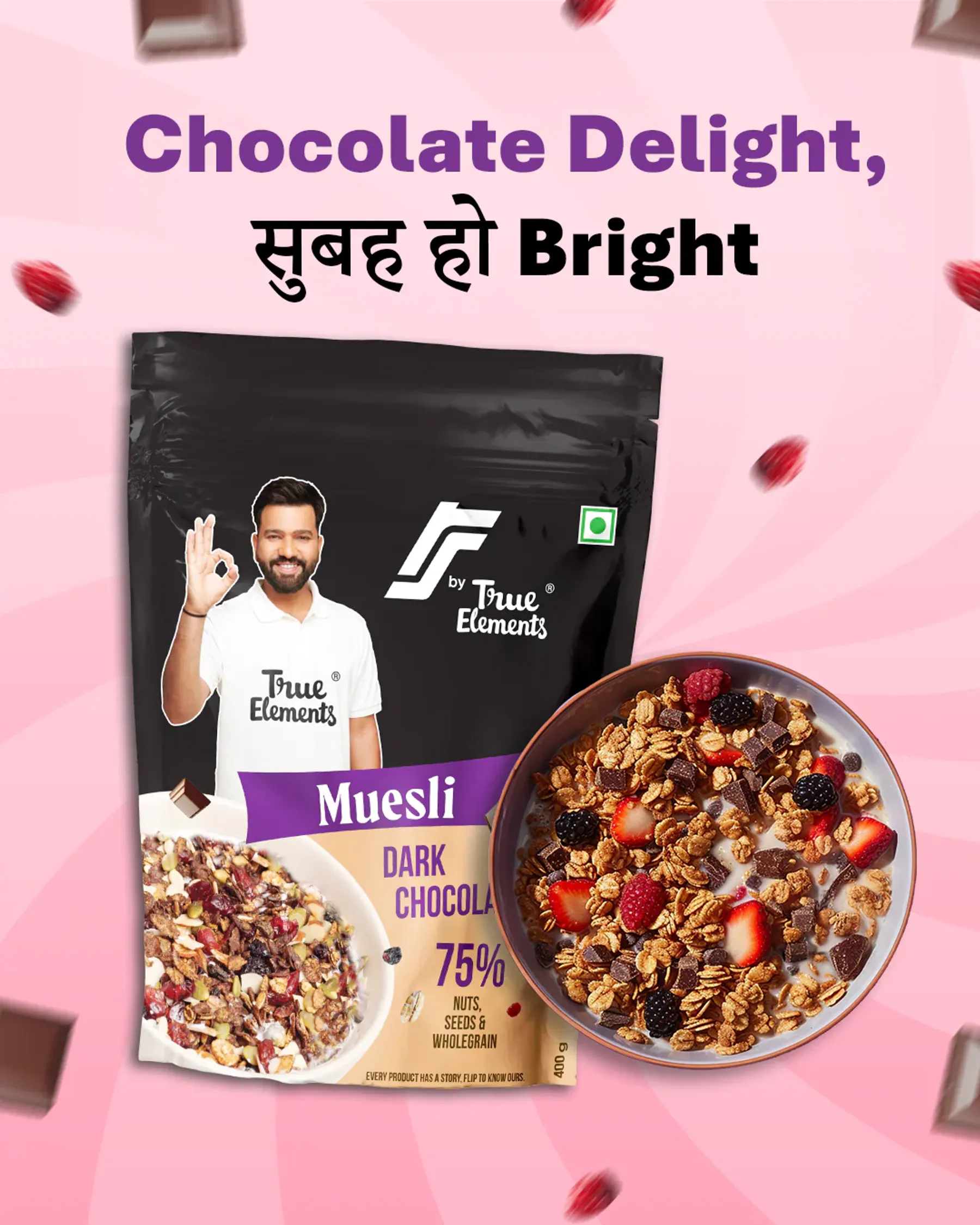
Elsewhere, the Kolkata Knight Riders (KKR) cricket team have built multi-level licensing programs targeting both premium and mass-market segments, with offerings from fashion to homewear to KKR-themed bank cards.
In-focus: Australia
When it comes to thinking beyond the traditional sport licensing playbook, Cricket Australia and the Big Bash League (BBL) have been proactive in tapping new tech, digital culture, and unexpected brand partnerships.This has included stretching into pet accessories, and even branded pet poop bag dispensers.
On the digital front, the BBL side Sydney Sixers (and Sydney Thunder) have partnered with Swyftx, one of Australia’s leading crypto exchanges, with digital wallet activations, in-venue fan experiences, and community engagement programs. Swyftx has organised fun innings break activities and crowd games during matches, offering Swyftx-branded prizes like crypto wallet credits. And select fans have had the opportunity to win special experiences, including on-field access, pre-game toss participation, player meet-and-greets, or signed memorabilia.
Christie’s: A masterclass from outside cricket
Christie’s, the world-renowned auction house founded in 1766, does a brilliant job of sustaining and reimagining heritage through codes, rituals, and storytelling. At the heart of Christie’s enduring allure are its unmistakable visual and ceremonial elements. The company’s iconic crest, the unmistakable auction podium, the velvet-bound bidder paddles, and signature crimson (on the doormen and in the decor) — these signals of tradition still dominate the physical auction rooms in London, New York, and beyond. Rites like the pre-auction viewing, the ceremonial announcement of provenance, and the theatrical pacing of the auctioneer invest every sale with a sense of drama. But Christie’s hasn’t let these traditions fossilize. Instead, they’ve revived and expanded their appeal, with live-streamed sales and global “touring previews” that let collectors worldwide participate in these rituals, no matter their location.
Christie’s has also reinterpreted its storied history through partnerships. Collaborations have included co-hosted pop-up galleries with Louis Vuitton, collectible capsule lines inspired by iconic lots, and licensing the Christie’s brand for exhibitions or editorial projects that translate auction-room codes into new media and experiences.
By treating its codes not as relics but as fuel, Christie’s has burned itself into the collective memory of the art and luxury worlds, and represents a robust playbook for heritage brands seeking relevance and growth today.
Deep roots, fresh fruits
If your brand shares any DNA with cricket (or Christie’s) — long history, generational following, rich codes — you’re sitting on a licensing goldmine. But you can’t apply generic thinking. It’s time to see heritage as a strategic asset, not a pesky constraint. The future of your brand depends on how well you understand — and build from — your past.
Cricket shows us that heritage isn’t about looking back. It’s about honouring your roots as you move forward and harvest the fruits of new commercial activity. In a world obsessed with speed and volume, cricket reminds us to prize memory, meaning, and identity. Those are precisely what fans — and markets — value most today. If your brand has even a fraction of that kind of story, there’s really no excuse for wasting it. It’s time to reframe what you have and rethink how you grow, bringing your brand’s quiet power to life, one smart, strategic step at a time.
Want to see how this could work for your brand?






